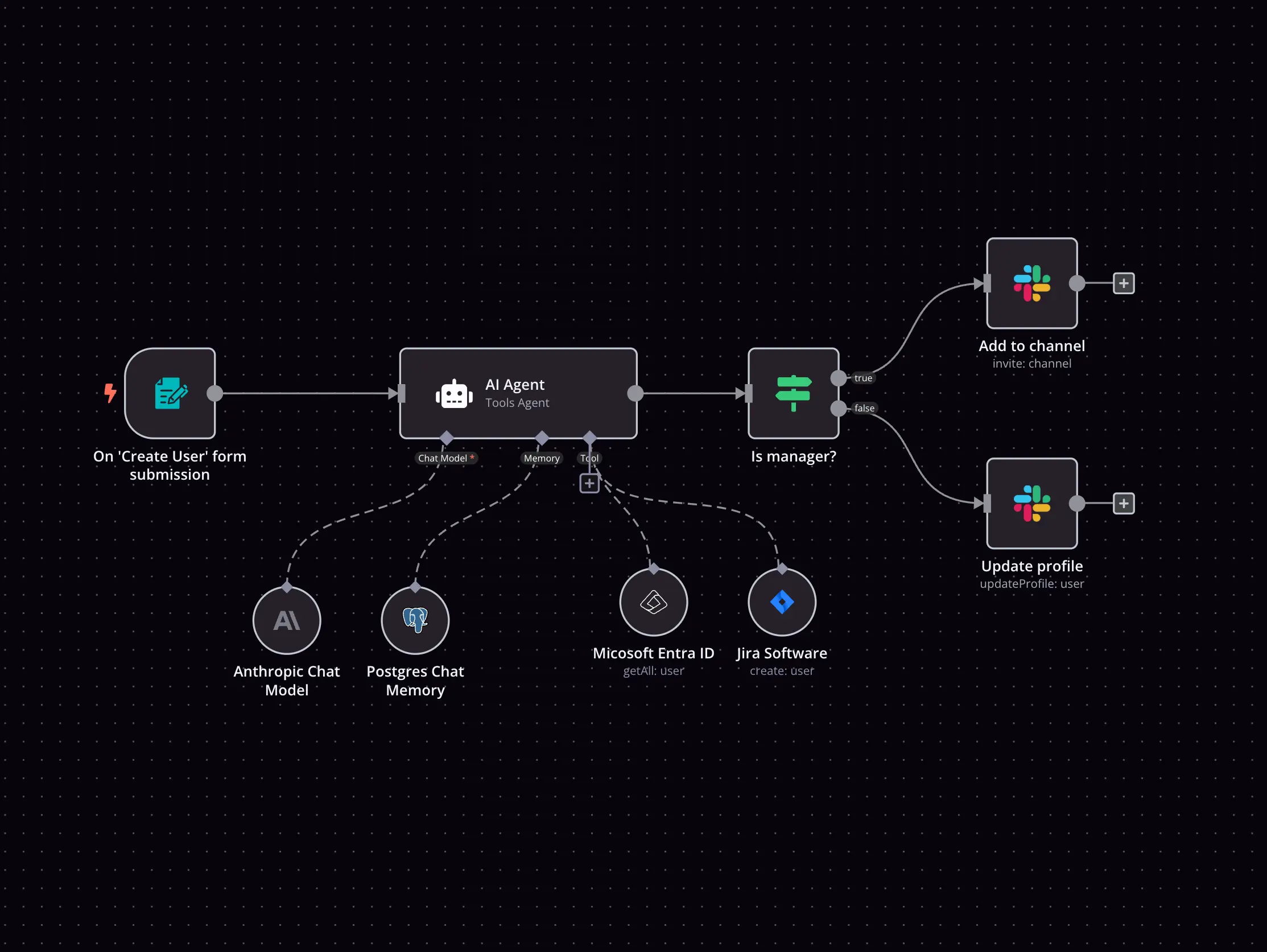Survicate and VirusTotal integration




How to connect Survicate and VirusTotal
Create a new workflow and add the first step
In n8n, click the "Add workflow" button in the Workflows tab to create a new workflow. Add the starting point – a trigger on when your workflow should run: an app event, a schedule, a webhook call, another workflow, an AI chat, or a manual trigger. Sometimes, the HTTP Request node might already serve as your starting point.
Build your own Survicate and VirusTotal integration
Create custom Survicate and VirusTotal workflows by choosing triggers and actions. Nodes come with global operations and settings, as well as app-specific parameters that can be configured. You can also use the HTTP Request node to query data from any app or service with a REST API.
Supported API Endpoints for Survicate
List surveys
Retrieve a list of surveys added to your workspace.
List surveys
Returns a list of all surveys from the workspace.
Get survey responses
Returns a list of all responses to a survey.
Get survey
This method returns list of questions and possible answers, along with their IDs.
Retrieve responses
Retrieve responses collected with your surveys.
Retrieve respondents
Retrieve responses and attributes of each particular respondent.
Get visitor info
Visitor is a person responding to a survey and we collect information about visitors throughout surveys.
Get visitor info
Visitor is a person responding to a survey and we collect information about visitors throughout surveys.
To set up Survicate integration, add the HTTP Request node to your workflow canvas and authenticate it using a generic authentication method. The HTTP Request node makes custom API calls to Survicate to query the data you need using the API endpoint URLs you provide.
These API endpoints were generated using n8n
n8n AI workflow transforms web scraping into an intelligent, AI-powered knowledge extraction system that uses vector embeddings to semantically analyze, chunk, store, and retrieve the most relevant API documentation from web pages. Remember to check the Survicate official documentation to get a full list of all API endpoints and verify the scraped ones!
Supported API Endpoints for VirusTotal
GetFileReport
Retrieve the latest report on a file.
ScanFile
Send a file for scanning.
GetFileBehaviours
Retrieve a file's behaviors observed during sandbox execution.
GetFileComments
Retrieve comments on a file.
AddFileComment
Post a comment on a file.
GetURLReport
Retrieve the latest report on a URL.
ScanURL
Send a URL for scanning.
GetURLComments
Retrieve comments on a URL.
AddURLComment
Post a comment on a URL.
GetURLVotes
Retrieve votes on a URL.
GetDomainReport
Retrieve the latest report on a domain.
GetDomainComments
Retrieve comments on a domain.
AddDomainComment
Post a comment on a domain.
GetDomainResolutions
Retrieve the resolutions of a domain.
GetDomainSiblings
Retrieve the siblings of a domain.
GetIPAddressReport
Retrieve the latest report on an IP address.
GetIPAddressComments
Retrieve comments on an IP address.
AddIPAddressComment
Post a comment on an IP address.
GetIPAddressResolutions
Retrieve the resolutions of an IP address.
GetIPAddressHistorical
Retrieve the historical data of an IP address.
To set up VirusTotal integration, add the HTTP Request node to your workflow canvas and authenticate it using a predefined credential type. This allows you to perform custom operations, without additional authentication setup. The HTTP Request node makes custom API calls to VirusTotal to query the data you need using the URLs you provide.
See the example hereTake a look at the VirusTotal official documentation to get a full list of all API endpoints
Survicate and VirusTotal integration details
FAQ
Can Survicate connect with VirusTotal?
Can I use Survicate’s API with n8n?
Can I use VirusTotal’s API with n8n?
Is n8n secure for integrating Survicate and VirusTotal?
How to get started with Survicate and VirusTotal integration in n8n.io?
Looking to integrate Survicate and VirusTotal in your company?
The world's most popular workflow automation platform for technical teams including
Why use n8n to integrate Survicate with VirusTotal
Build complex workflows, really fast
